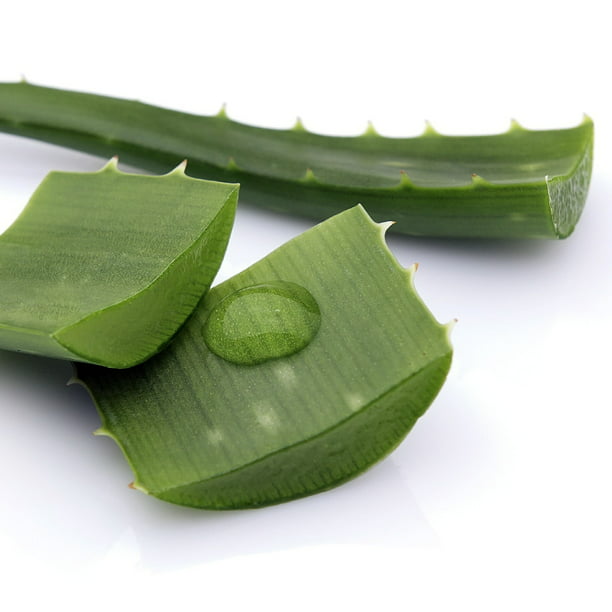Education in Africa is an ongoing uphill battle. The young men and women have a future that is very uncertain and approximately 33 million children are unable to attend school in Africa. The children affected the most are those with disabilities, orphans, HIV/AIDS positive, and those affected by natural disasters. Sexual abuse is also a concern for the children traveling to and from school. The long distance of the schools from rural areas makes it nearly impossible for those rural children to attend. On top of all the hurdles already mentioned, the cost of education is too high for a lot of families in Africa.
Sources:
https://borgenproject.org/about-schools-in-africa/
Wikipedia contributors. (2021, September 14). Education in Africa. In Wikipedia, The Free Encyclopedia. Retrieved 04:46, October 12, 2021, from https://en.wikipedia.org/w/index.php?title=Education_in_Africa&oldid=1044192692
- PENNY ENSLIN, KAI HORSTHEMKE, Philosophy of Education: Becoming Less Western, More African?, Journal of Philosophy of Education, 10.1111/1467-9752.12199, 50, 2, (177-190), (2016).
- N'DRI T. ASSIE‐LUMUMBA, Cultural Foundations of the Idea and Practice of the Teaching Profession in Africa: Indigenous roots, colonial intrusion, and post‐colonial reality, Educational Philosophy and Theory, 10.1111/j.1469-5812.2011.00793.x, 44, s2, (21-36), (2012).
Wikipedia contributors. (2021, September 27). Papyrus. In Wikipedia, The Free Encyclopedia. Retrieved 05:59, October 12, 2021, from https://en.wikipedia.org/w/index.php?title=Papyrus&oldid=1046689385

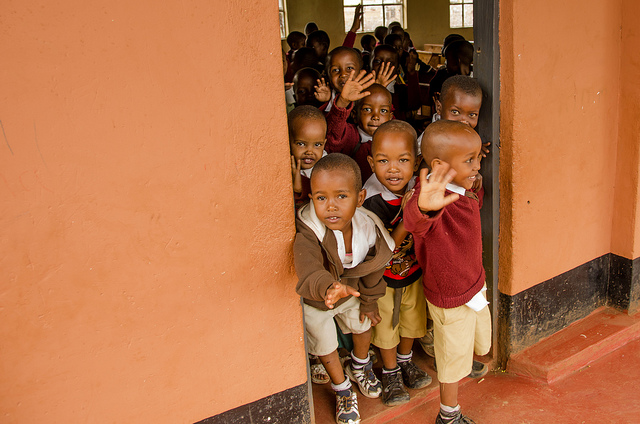
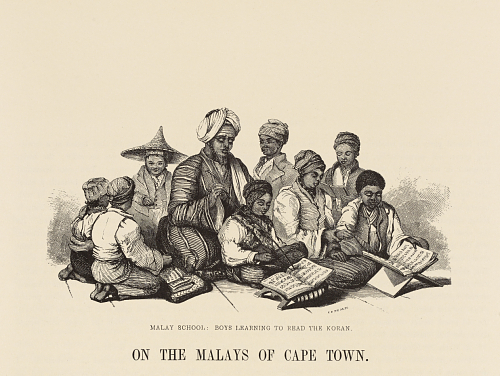
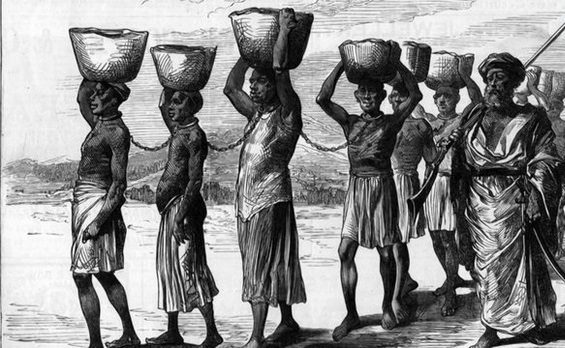

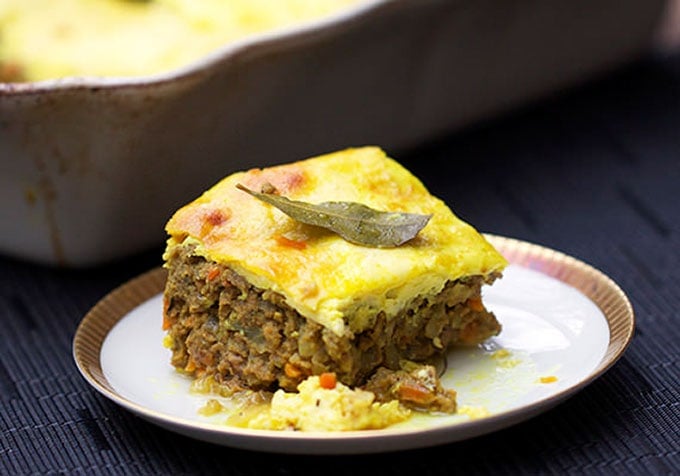

:quality(70)/cloudfront-eu-central-1.images.arcpublishing.com/thenational/5NOT3ZNVFFZVCIOHTUL7ESJISI.jpg)



